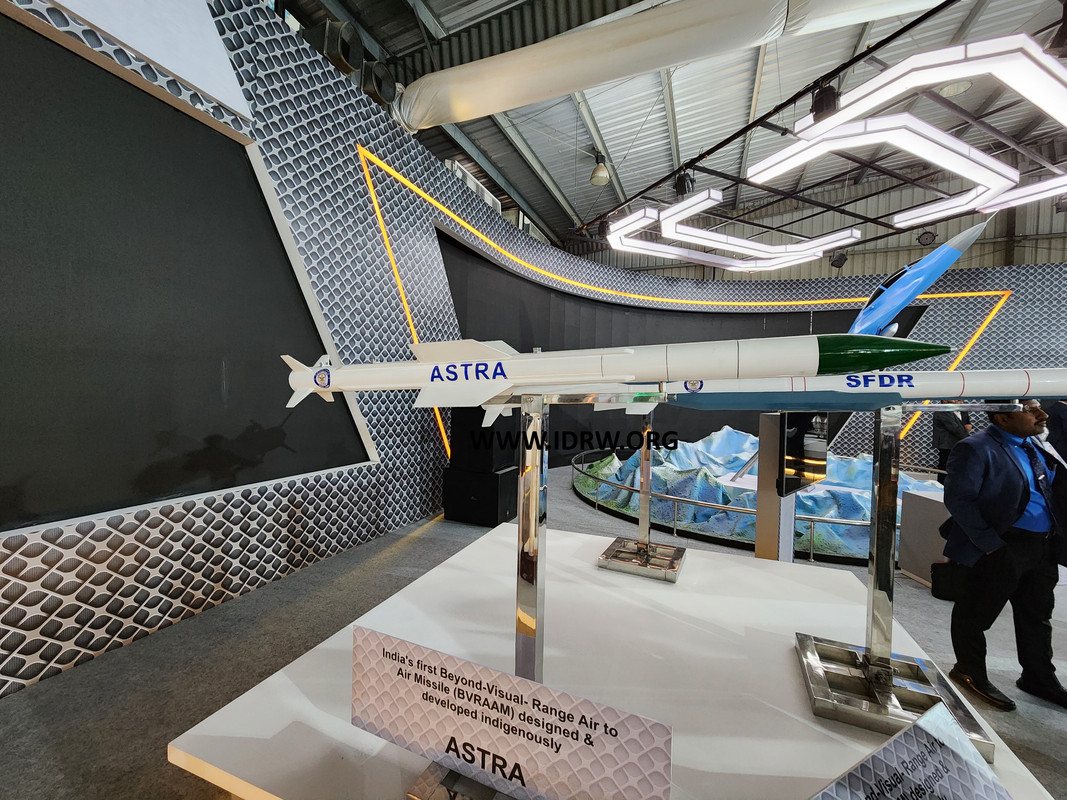SOURCE: AFI


The Indian Air Force (IAF) is taking a significant leap forward in aerial warfare capabilities with the integration of the domestically developed Astra Mk1 Beyond-Visual-Range Air-to-Air Missile (BVRAAM) onto its Su-30MKI fighter jets. This indigenous weapon system offers several advantages over the previously used R-77, bolstering the IAF’s offensive potential.
The Astra Mk1 boasts a unique “Buddy Launch Mode System” coupled with an autonomous guidance capability. This allows the missile to be launched even if the target isn’t locked onto by the firing aircraft. In such scenarios, a nearby friendly fighter can guide and update the missile’s trajectory towards the target, increasing its effectiveness.
The Astra Mk1 utilizes a powerful 4.8 kg HMX (High Melting Explosive) warhead, ensuring significant damage to enemy aircraft. Additionally, it employs a radio proximity fuse with a pre-fragmented warhead design. Upon nearing the target, the warhead detonates, releasing a multitude of sub-projectiles that inflict heavy damage on the enemy aircraft’s body.
The Astra Mk1 offers an operational range of 20 km to 100 km, exceeding the capabilities of the R-77. Recent tests have verified its ability to hit targets at its maximum kinematic range even at altitudes exceeding 30,000 feet. Furthermore, the smokeless propulsion system enhances its stealth capabilities.
With the Astra Mk1, India joins an elite group of nations in the Indo-Pacific region that have successfully developed and deployed a Fox-3 category BVRAAM. This not only reduces dependence on foreign suppliers but also marks a major milestone in India’s indigenous defense program.
The Astra Mk1 is poised to replace the aging RVV-AE BVRAAMs, which have been plagued by reliability issues according to CAG reports. This integration will significantly enhance the combat readiness of IAF’s frontline fighter jets.